Victorians: Power and Politics
Although England in the late 1830s was still ruled by a propertied upper class, there had long been a degree of social mobility. It was enough, at least, for Britain, unlike its continental neighbours, to ward off revolution.
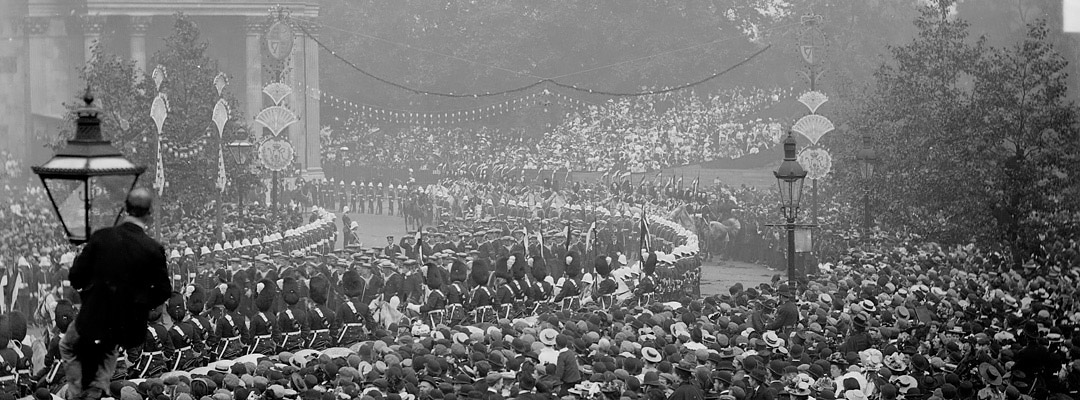
THE OLD ORDER
The Palace of Westminster was at the centre of English public life. It seemed to be an architectural embodiment of the unwritten English constitution: the ancient buildings had gradually evolved to suit the institutions they housed. So when it burned down in 1834, it must have felt as though the old world was coming to an end. The Jewel Tower was one of the few parts of the old palace to survive.
CHANGE WITHOUT REVOLUTION
Compared to France, the ancient enemy, Victorian Britain was politically conservative.
Few things united the English middle and upper classes more than their hatred of revolutionary violence and upheaval. And unlike its European rivals, Britain managed to reform its political system without a revolution. In the course of Victoria’s reign the Reform Acts of 1867 and 1884 increased the number of adult men entitled to vote from about one-sixth to two-thirds, although there were as yet no votes for women.
WHIGS AND TORIES
The new queen had a tendency towards favouritism in her politics, preferring ‘Uncle Melbourne’ (her first prime minister) and the Whigs to the rival Tories. After her marriage in 1840, however, Prince Albert tempered the queen’s partisanship. Their twin desks at Osborne House on the Isle of Wight vividly express both their personal partnership and the important place that the Crown still occupied in public life.
Melbourne’s replacement, Sir Robert Peel, was a Tory, but also the son of a northern manufacturer. He embodied the broadening social background of the Tories, and their acceptance of the need for (conservative) reform.
The process of reform was rudely interrupted, however, by a great division on the principle of free trade versus protectionism, crystallised in Peel’s repeal of the Corn Laws in 1846, which allowed more cheap imported grain into Britain. Peel split his party on a matter of principle, and ushered in almost 30 years of Whig–Liberal dominance.
ARISTOCRATS AND RADICALS
In many ways the tone and composition of government remained heavily aristocratic for much of the reign. Queen Victoria’s prime ministers included four earls, a marquess, a viscount and the younger son of an earl. The House of Lords was as important as the Commons, and a major part of political life was played out in grand London drawing rooms and at country-house weekends.
A new politics was taking shape, however, springing up in the manufacturing cities of the midlands and north. In response, from the late 1850s onwards Whiggism morphed into Liberalism. This was personified by Liverpool-born William Gladstone, who joined the Liberals in 1859.
GLADSTONE AND DISRAELI
In the 1860s the Conservatives recovered thanks to the inspired leadership of Benjamin Disraeli, and his ability to persuade his party to countenance further parliamentary reform. The tussle for power between Disraeli and Gladstone, the two great politicians of the age, saw the appearance of modern two-party politics in a recognisable form, and their regular jousts at the dispatch box continued until Disraeli’s defeat in 1880.
By then, parliamentary government was at the height of its prestige. In 1886 the issue of Irish home rule, championed by Gladstone, split the Liberals, allowing the Conservatives to dominate as the 19th century drew to an end.
The election of James Keir Hardie, first MP for the Labour Representation Committee (precursor of the Labour Party), in 1900, presaged the decline of liberalism and the politics of a new age.
More about Victorian England
-
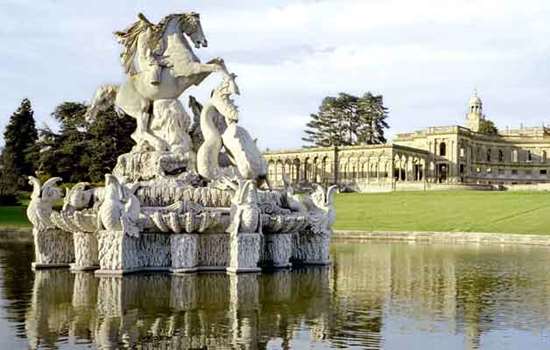
Victorian Architecture
The architectural profession is largely a Victorian creation. From the 1820s, architects began to experiment with a profusion of styles.
-
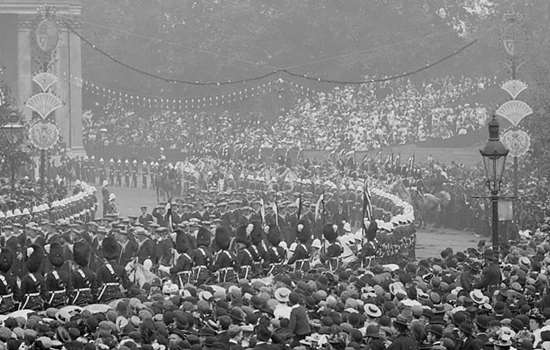
Victorian Power and Politics
Although England in the late 1830s was still ruled by a propertied upper class, there had long been a degree of social mobility.
-
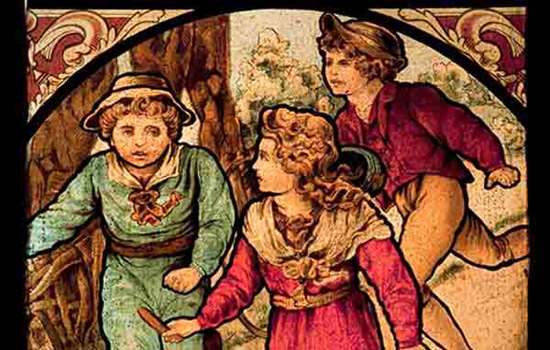
Victorian Daily Life
Although the Victorian era was a period of extreme social inequality, industrialisation brought about rapid changes in everyday life.
-
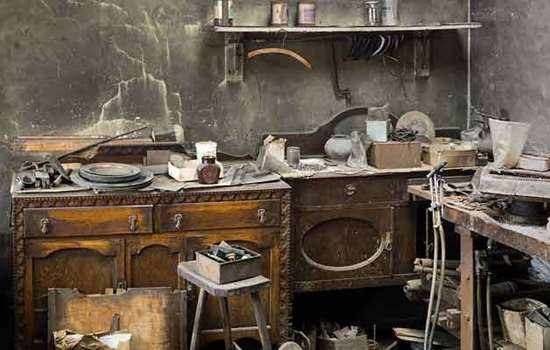
Victorian Commerce
Overseas trade and an extensive commercial infrastructure made Britain in the 19th century the most powerful trading nation in the world.
-
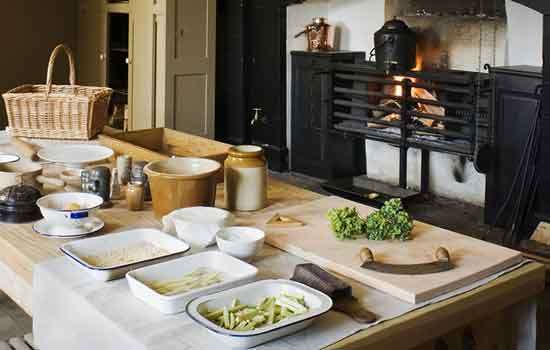
Victorian Food and Health
In the Victorian period the growth of the railways made it possible to transport food to markets. But there was still no cure for most diseases and life expectancy remained low.
-
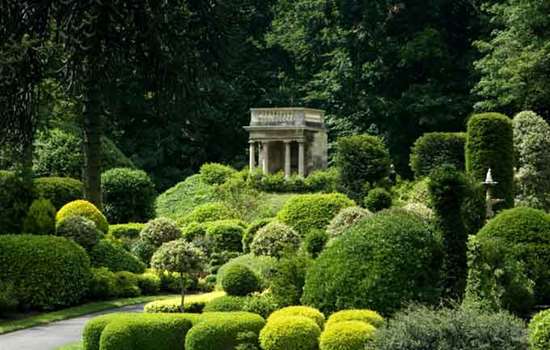
Victorian Parks and Gardens
An extraordinary number of innovations in the study and cultivation of plants were made during the Victorian period. Meanwhile, gardening became a national obsession.
-
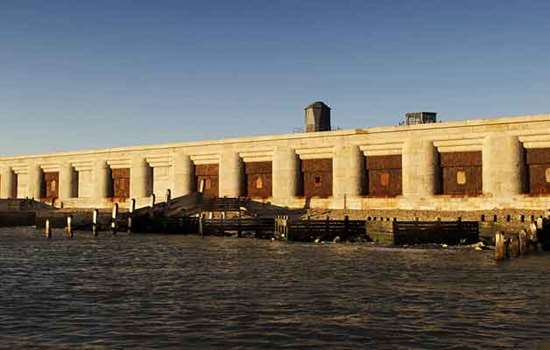
Victorians: War
Victorian Britain was both the greatest power in the world and the least militarised. Its military shortcomings were starkly revealed by the disastrous Crimean and Boer Wars.
-

Victorian Religion
The Victorian era saw the Church of England become increasingly only one part of a vibrant and often competitive religious culture.
Victorian Stories
-
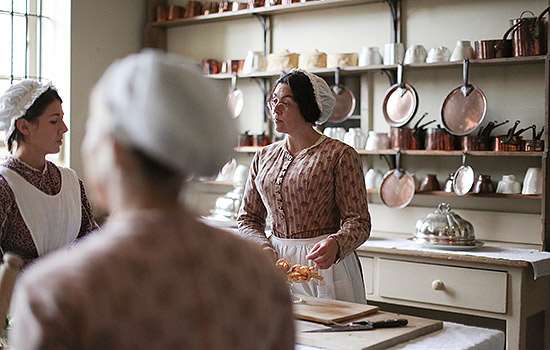
Below Stairs at Audley End
What were Victorian servants’ lives like? Discover the stories of the men, women and children who worked at Audley End House, Essex, in the 1880s.
-
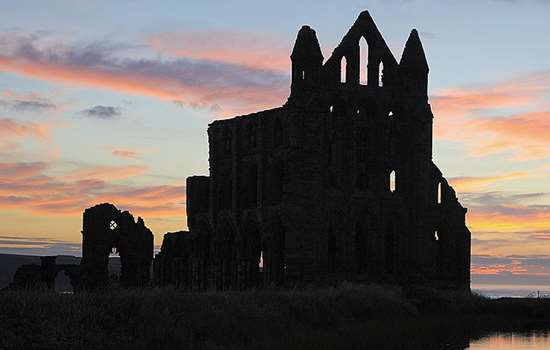
How Dracula Came to Whitby
How Bram Stoker’s visit to the town of Whitby provided him with atmospheric locations for a Gothic novel – and a name for his famous vampire.
-
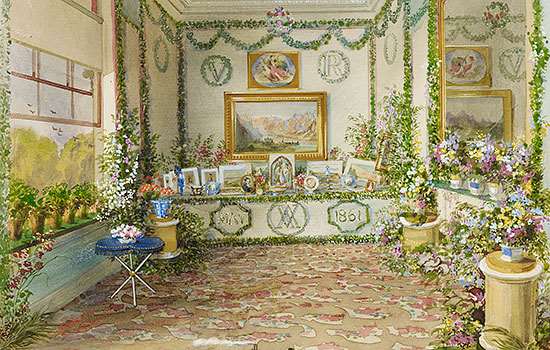
Birthdays at Osborne
Find out how Queen Victoria and Prince Albert celebrated their birthdays, and what the gifts they exchanged tell us about their private lives.
-
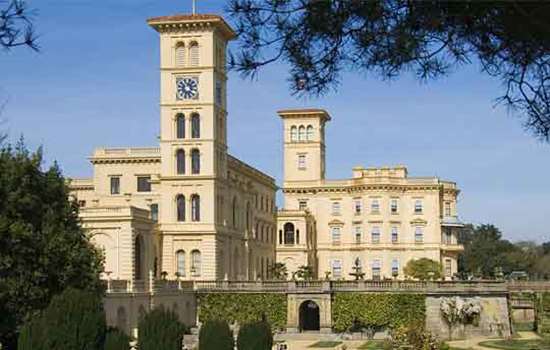
The ‘Osborne Style’: From Naples to Melbourne
How Osborne House’s Italianate design – the inspiration of Prince Albert – came to be imitated in public buildings throughout the British Empire.
-
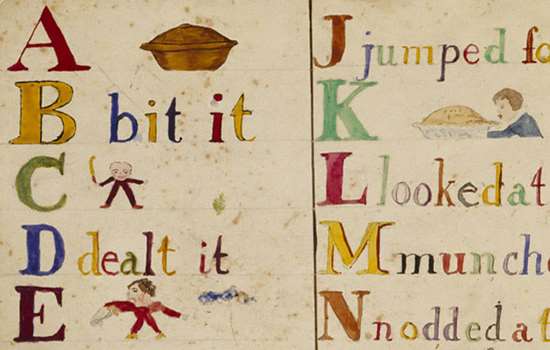
The Darwin Family at Down House
How Charles and Emma Darwin’s children were both seen and heard during their surprisingly boisterous childhood at Down House in Kent.
-
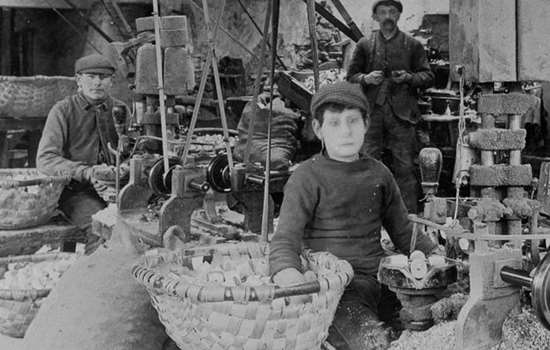
Child Labour in the Lake District
Stott Park Bobbin Mill is located in an idyllic spot, but life was far from ideal for the ‘bobbin boys’ who worked there in the 19th century.
-
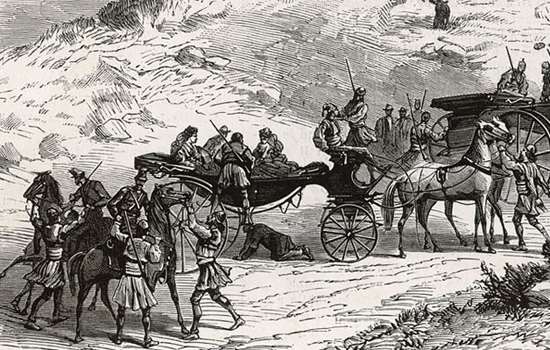
The Dilessi Massacre and a Gothic Revival Masterpiece
How the death of a young English aristocrat taken hostage in Greece inspired the building of St Mary’s Church, Studley Royal.
-
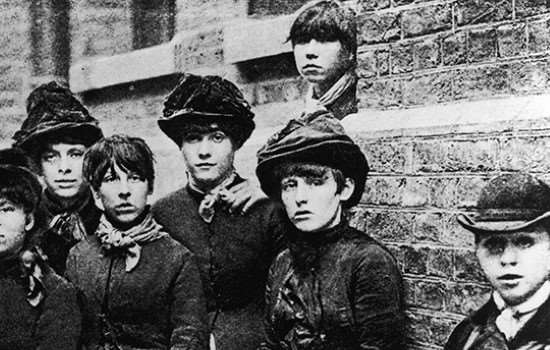
The Match Girls’ Strike
Read about one of the most important strikes in modern British history, which took place at the Bryant and May match factory in 1888.